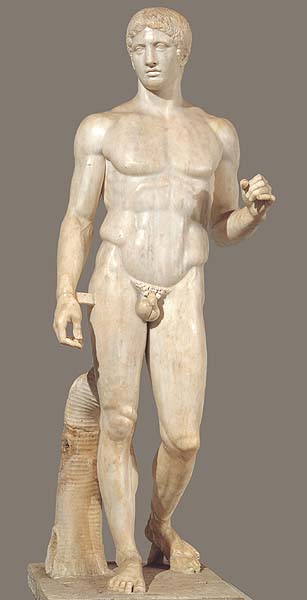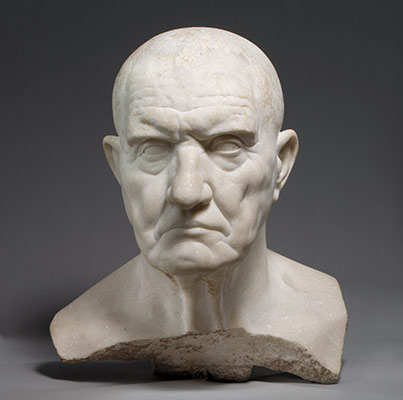Throughout the course, we have discussed various forms of culture that part takes in art history. It ranges from artworks in Ancient Egypt and Mesopotamia to artwork in Ancient Greece and Rome. Each era provided their society with a certain influence in day to day activities. For example, Ancient Egypt and Mesopotamia had a society filled with a god worshiping civilization, meanwhile, Ancient Greece and Rome had more of an interest towards the incorporation of humanism in their artwork. Despite their great sense of polarity, each generation has a substantial amount of similarity between them. However, due to differences in ideology, the artwork in each era consists of contradicting principles.
Bouncing between each art period, it can clearly be seen at how different each society was. Starting from Ancient Egypt and Mesopotamia, much of their artwork consisted of worship towards god-like figures or deities. In their culture, looking up to a higher power was their answer in regards to everything in life. There had to be a God in which to eulogize. The afterlife was also a huge concept in which the people of Ancient Egypt highly praised. That is why it was constantly assimilated in the artwork of the Egyptians. Society during this time was also extremely based on class and money. For example, the concept of hierarchy can be seen in the piece known as The Standard of Ur. When looked upon closely, there are three levels that represent life differently. Within each level, you can see a portrayal of how certain people lived the life that they did. The most lower level portrays the subjects as slaves working for their master, delivering something like a gift for their god. The upper level shows a being larger than the rest of the subjects who breaks the barrier of the upper border. In Egyptian society, a God is commonly represented in art as the largest being visible, which explains the unusually large figure in this art piece. This God is presented as the almighty being, while all his subjects are kneeling and sitting before him. As previously stated, the Egyptians took great lengths into depicting a huge part of their culture into their artwork, of which is the appraisal of deities and god-like representations.
While the ancient Egyptians took their time in depicting Gods and worshipers, the Romans and Greeks had a much different idea of what should be incorporated into their artwork. The Romans and Greeks believed in the concept of humanism. This is when art is primarily based on human-like structures rather than God-like in order to convey the reality of being human. An example of humanism in the culture of the Romans and Greeks would be the statue of Kouros. As stated in my previous blog post, This is an ancient sculpture representing the nude male youth in an upright stature. In Greek, the name Kouros even means ” youth, boy, especially of noble rank.” The Kouros statue shows a nude male standing straight on both feet, one foot forward, and one foot backward. Anatomically when standing this way, it is quite uncomfortable, however, this was how the ideal male youth was depicted. It is also portrayed as nude because, in the Greek culture, nudity was deemed as prideful and as showing a sense of unimaginable strength.
From the creation of the Kouros figurine, comes the creation of the Kritios Boy and Polykleitos. As time went by, the standard of what a male should look like increased in stature. Broader shoulders were being depicted, as well, as a stronger core. The stance of the figure also changed since the Kouros. The Kourous had a very rigid stance, more of uncomfortable. The Polykleitos, on the other hand, had a very loose stance with one leg bent.
Another huge concept in which the Romans and Greeks have integrated into their artwork is human portraiture. This was a concept in which they believed that the human face should be shown as it is. The flaws of the face were specifically targeted in creating a bust.
With all these differences come subtle similarities between the two eras of artwork. Some of these similarities include the portrayal of individuals that symbolize a sort of power for the rest of civilization, diverging only in the way it is presented. One civilization presents it in the way of the Gods, and the other civilization presents it in the way of warriors, nudity or kings. Despite the differences or similarities, each piece of artwork has a great influence on modern day society. It has shaped the way we think, create, and utilize are artistic talent. Much of modern art has evolved from the basics of the Ancient world and it is amazing to understand the artistic evolution presented before me. Human creation will continue to learn from past artwork, and society will continue to be blessed with masterpieces.





